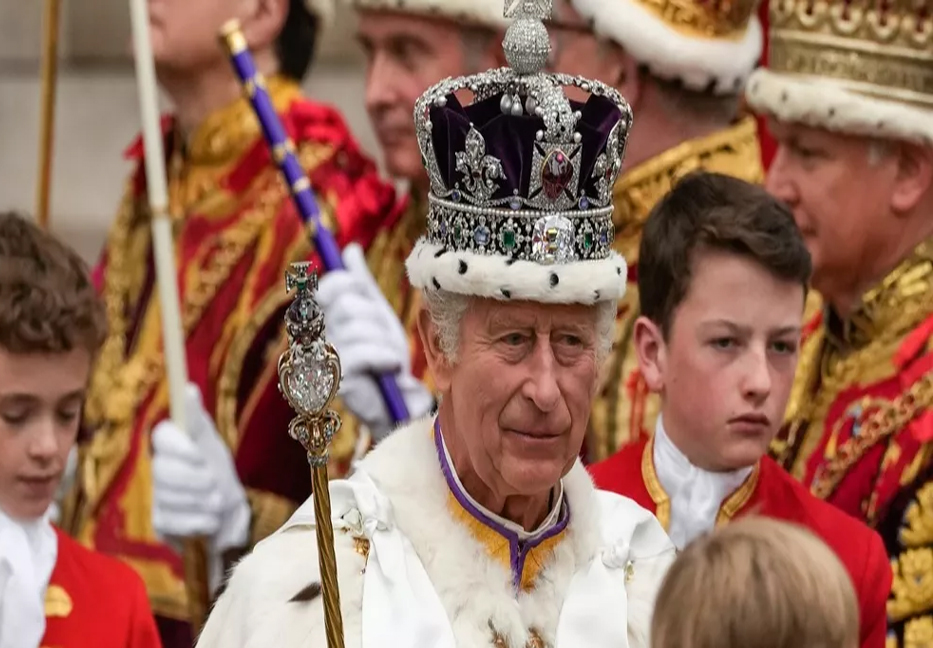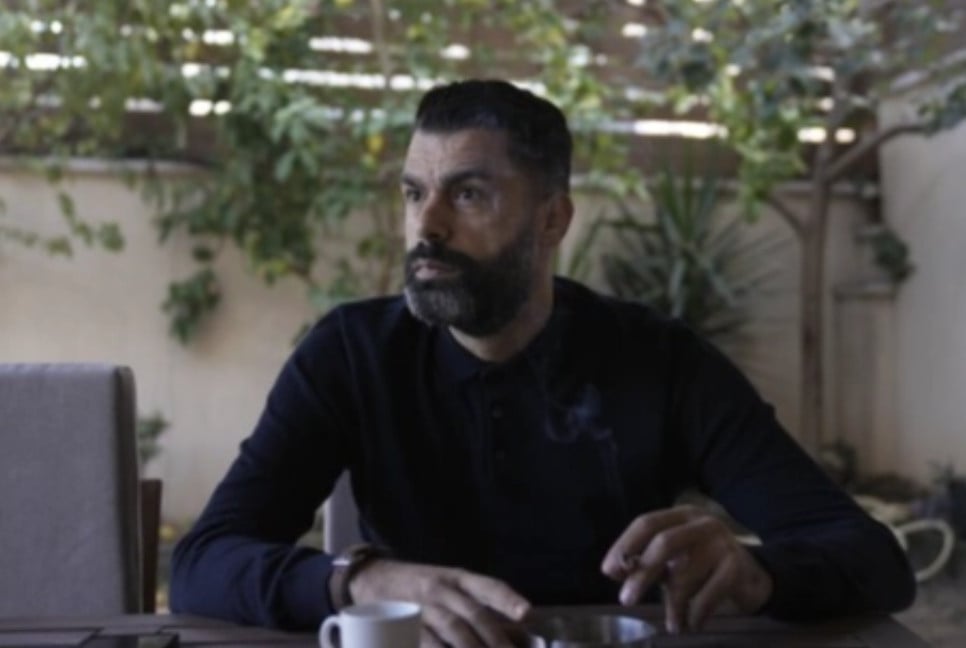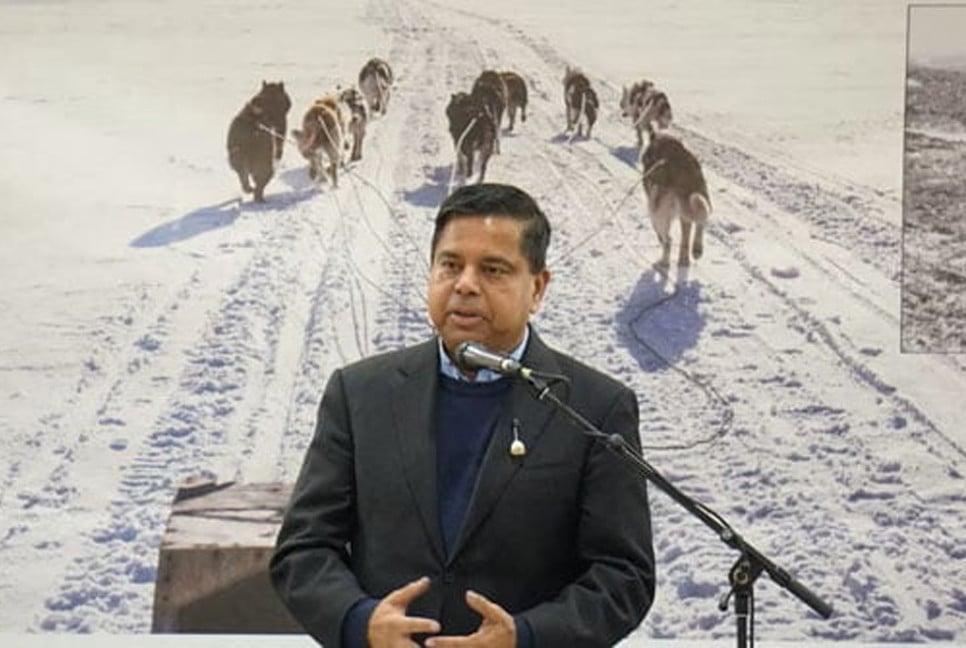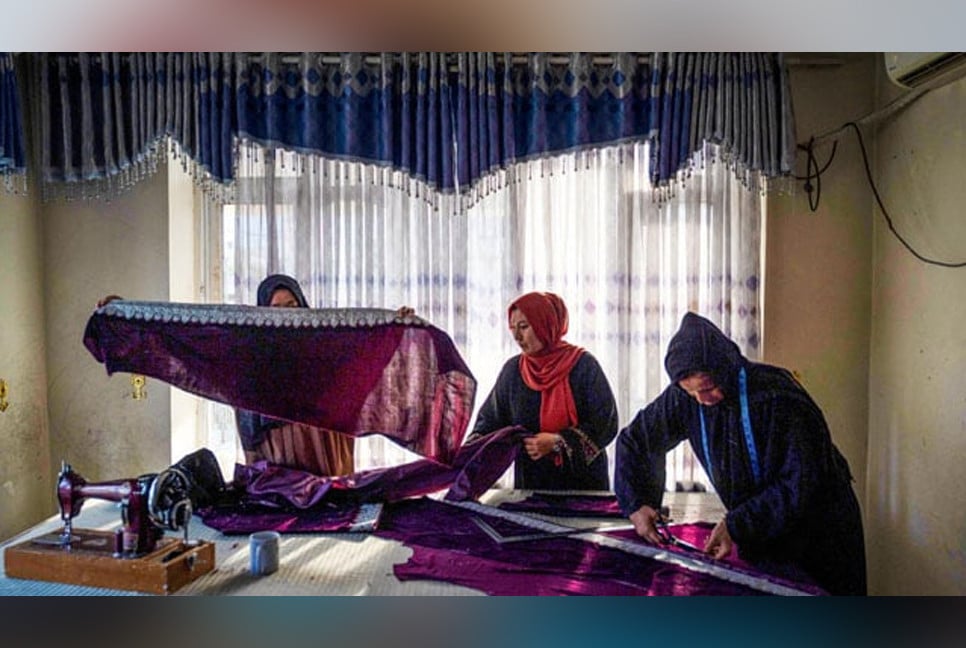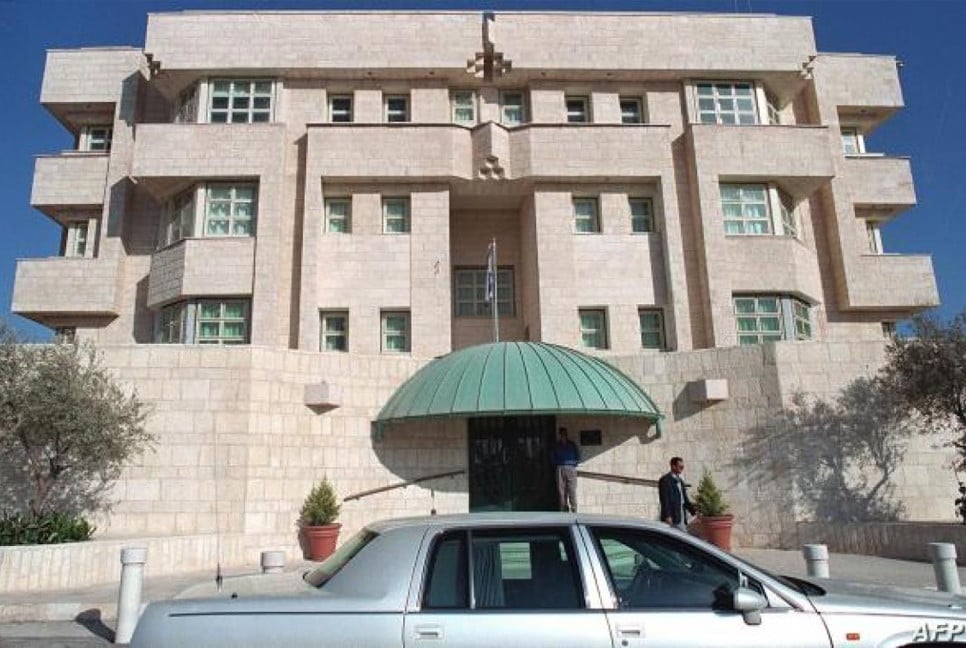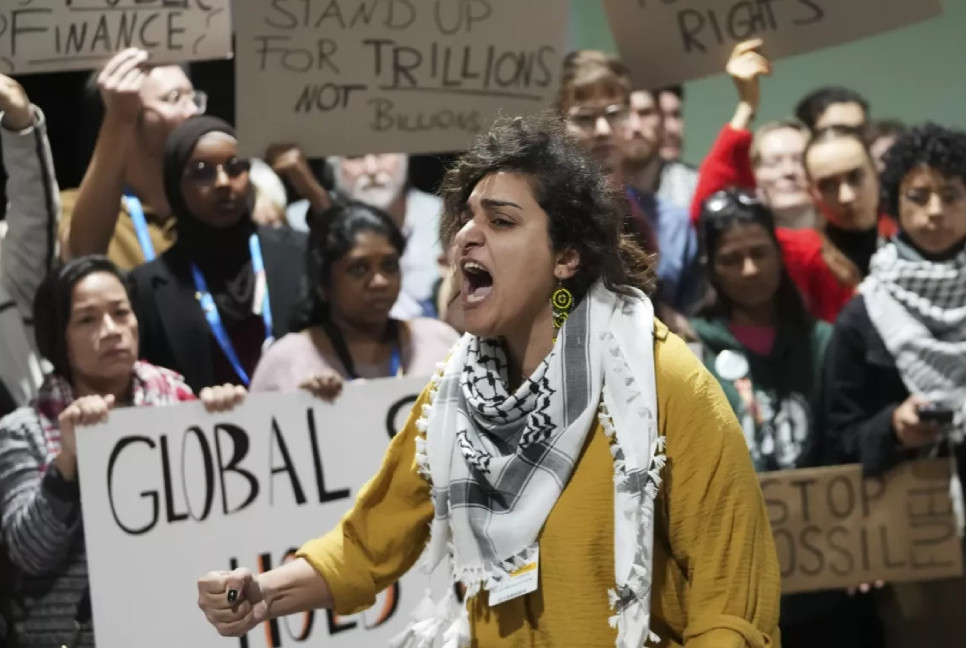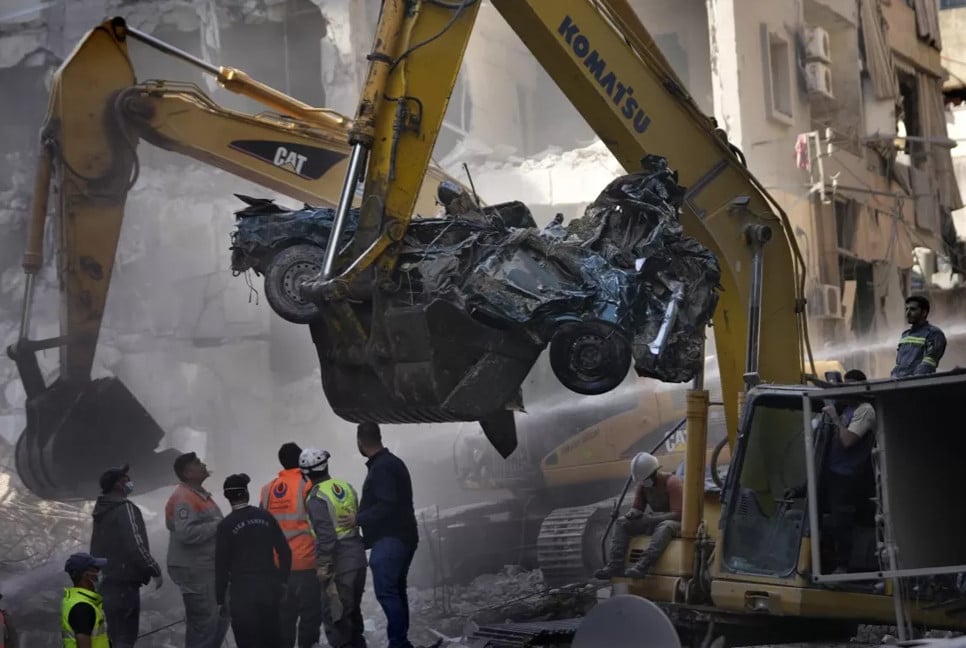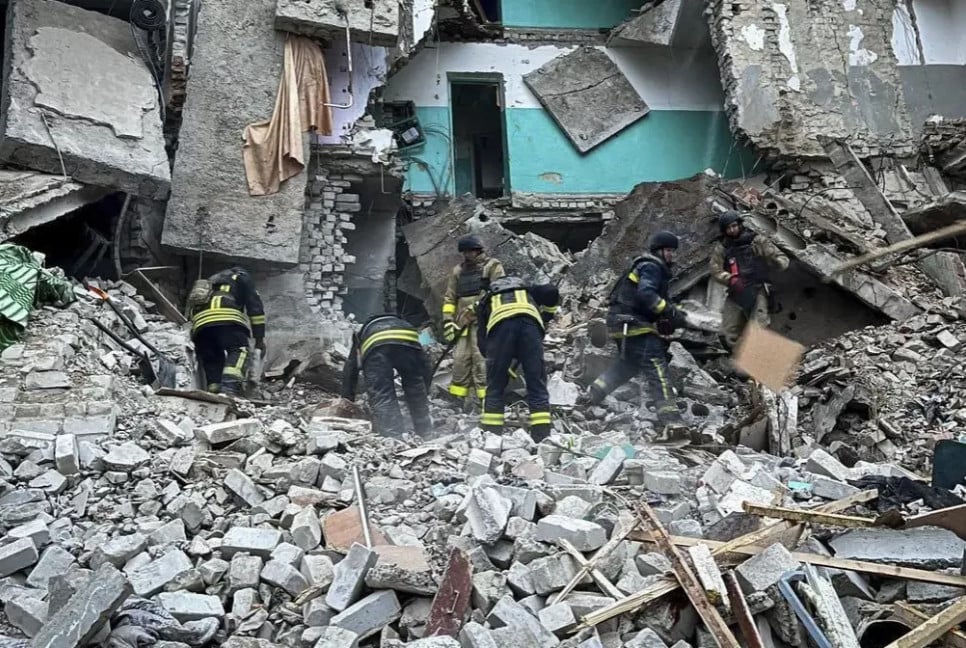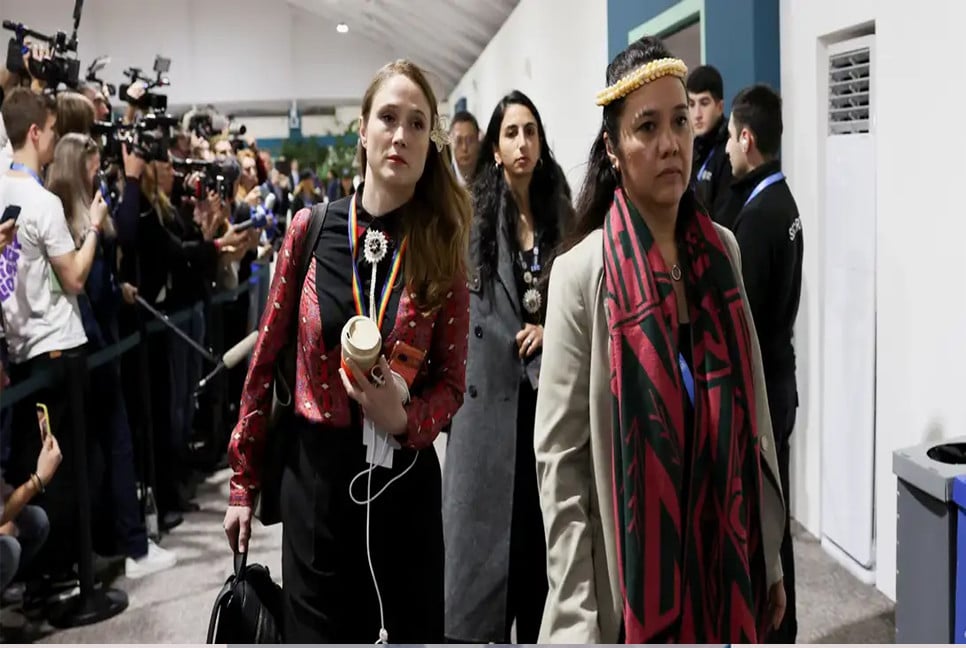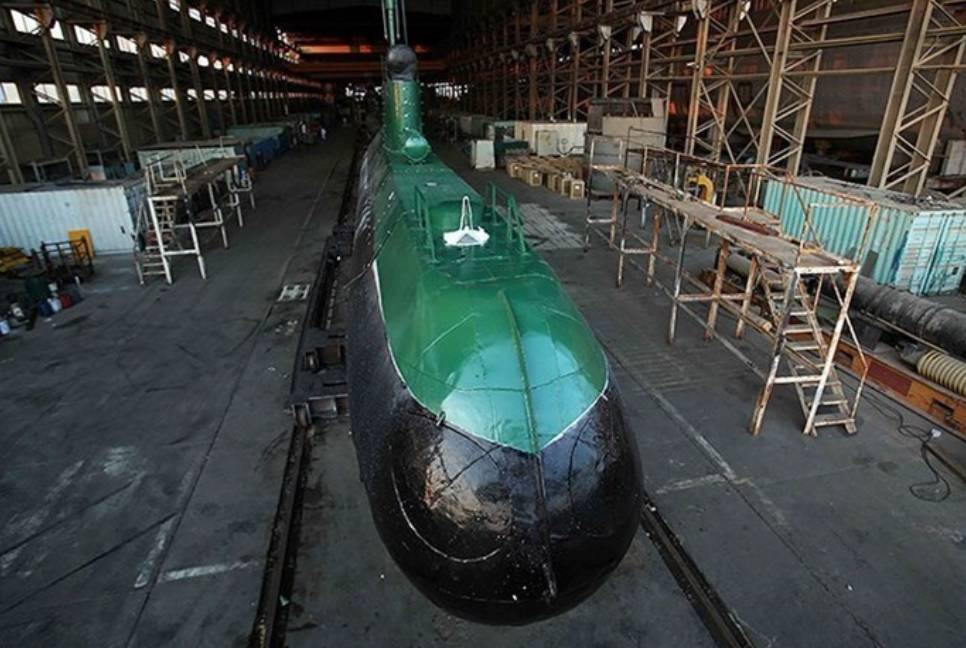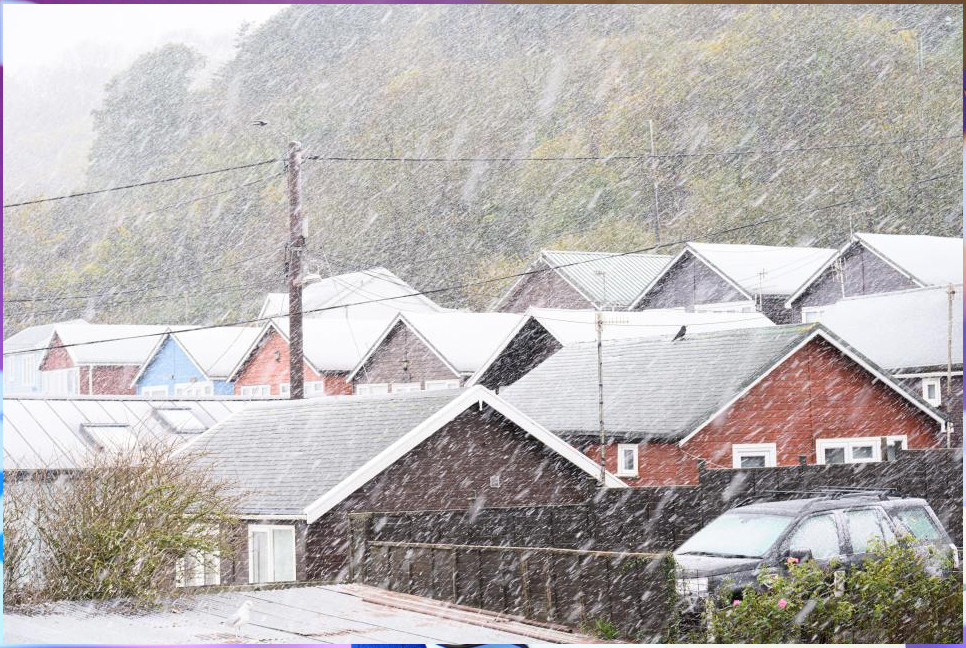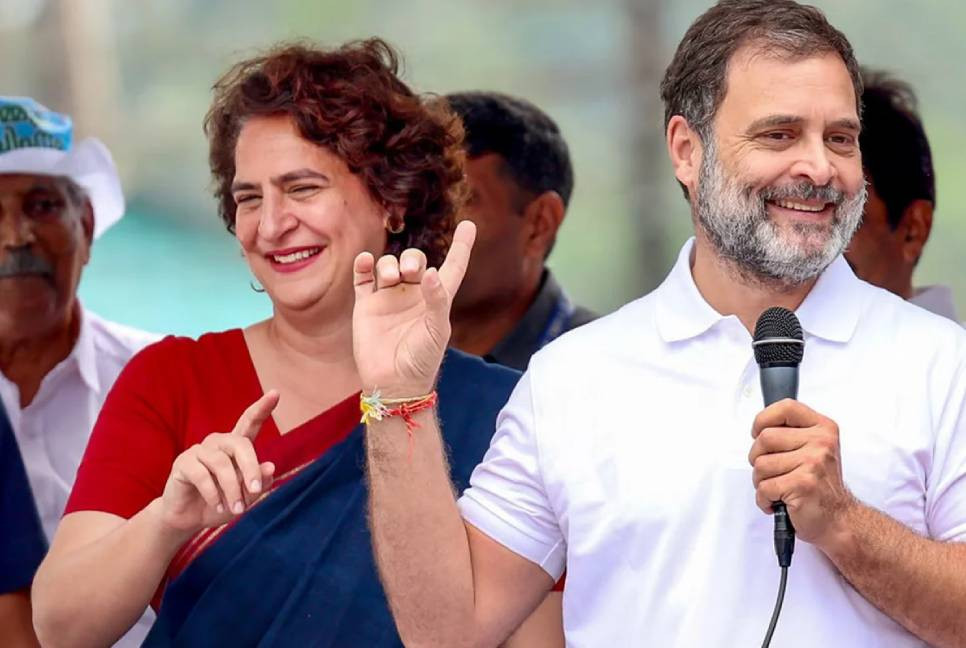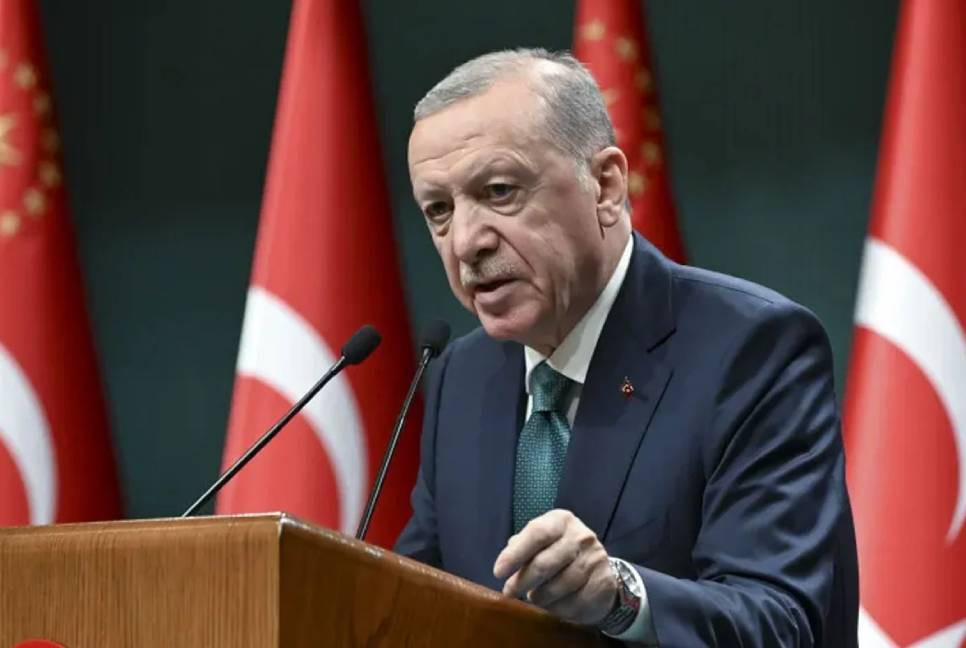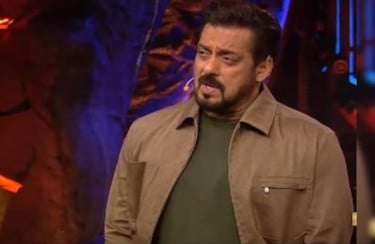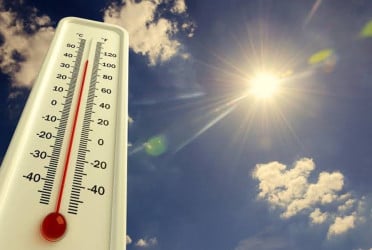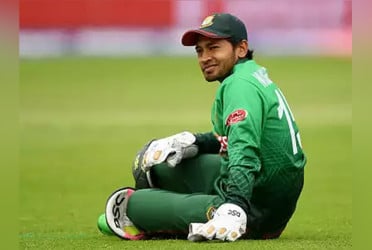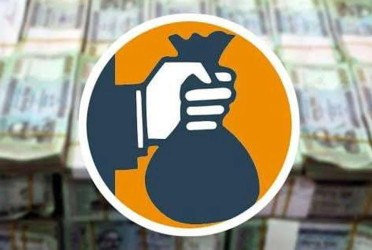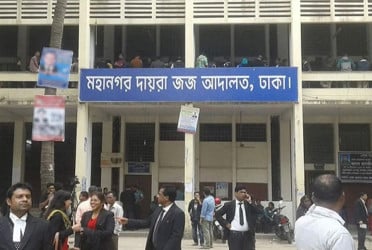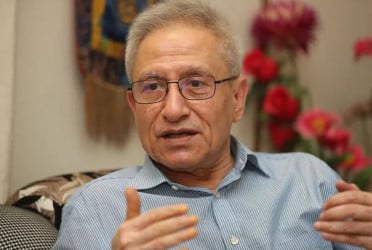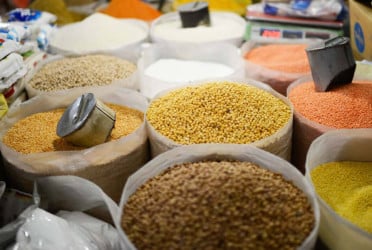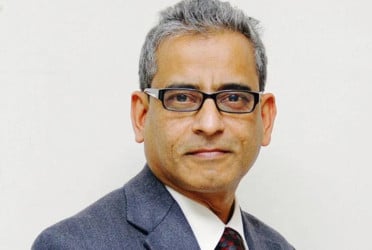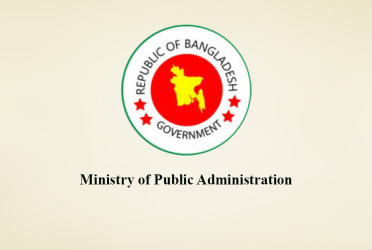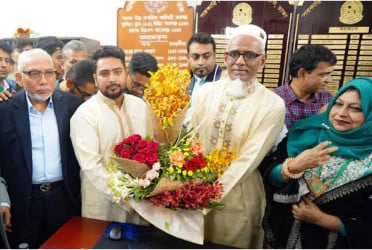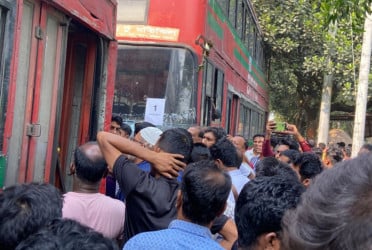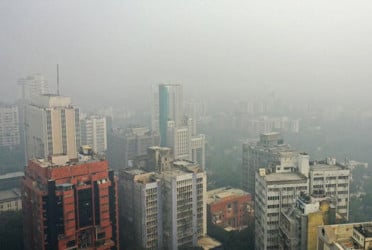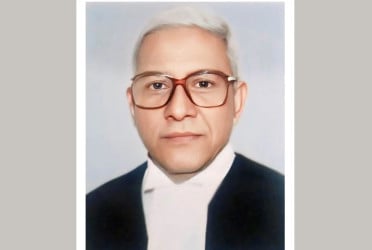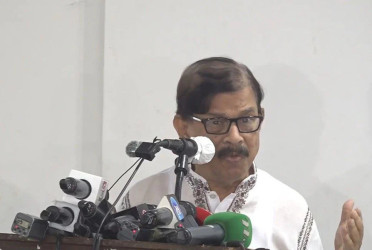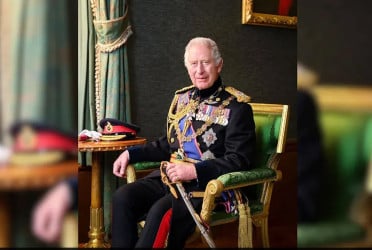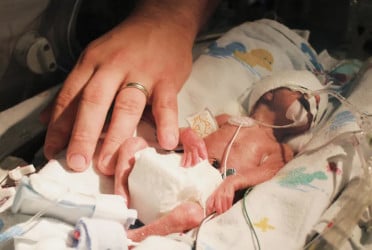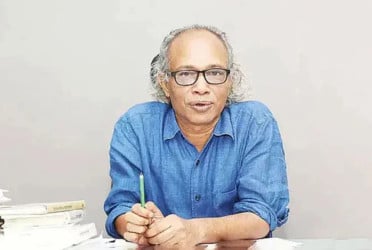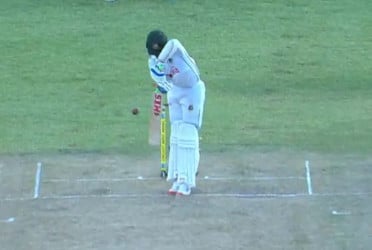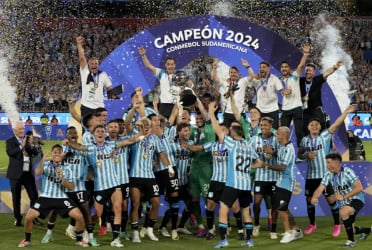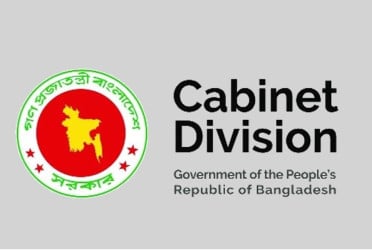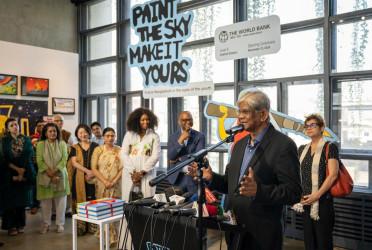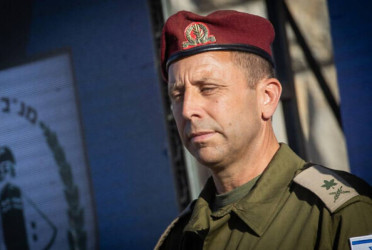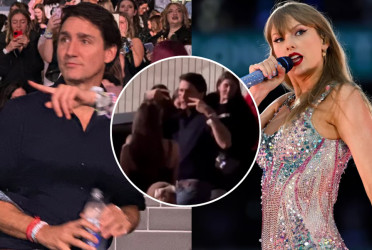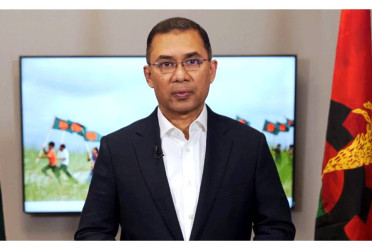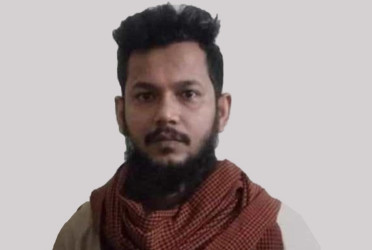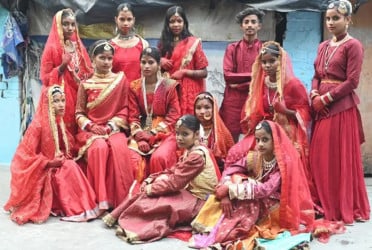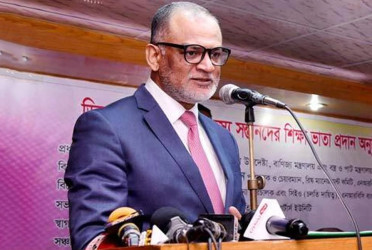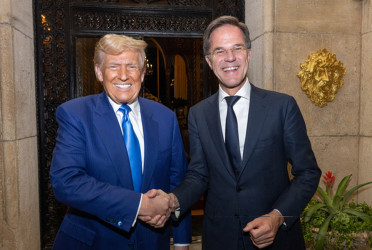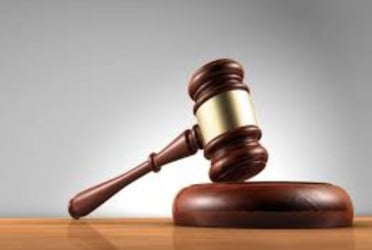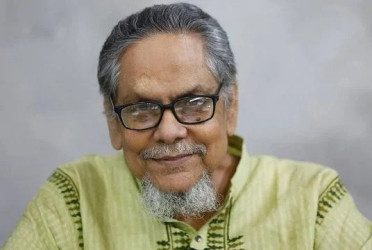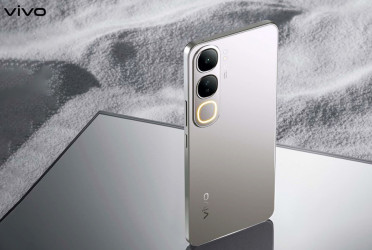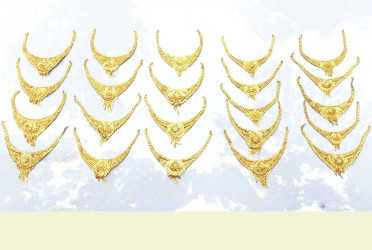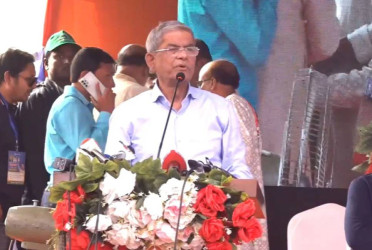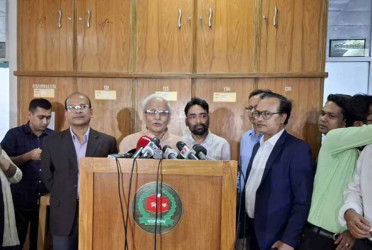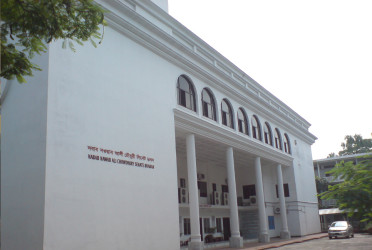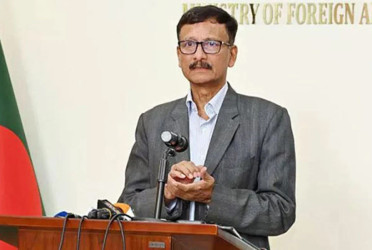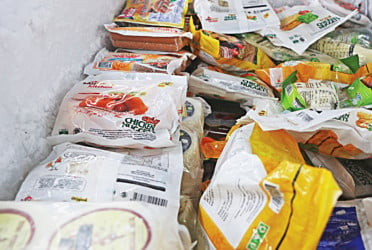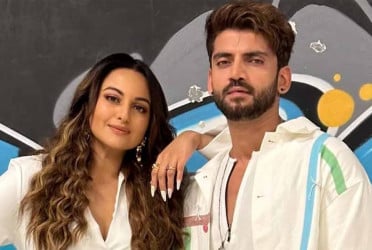King Charles III was crowned on Saturday at Westminster Abbey in London, reports AP.
He received the bejeweled St. Edward's Crown in a ceremony built on ancient traditions at a time when the monarchy is striving to remain relevant in a fractured modern Britain.
Trumpets sounded inside the medieval abbey and the congregation shouted “God save the king!” at a ceremony attended by more than 2,000 guests, including world leaders, aristocrats and celebrities. Outside, thousands of troops, tens of thousands of spectators and a smattering of protesters converged.
It was the culmination of a seven-decade journey for Charles from heir to monarch.
To the royal family and government, the occasion — code-named Operation Golden Orb — was a display of heritage, tradition and spectacle unmatched around the world. The rite was expected to by watched by millions, though the awe and reverence the ceremony was designed to evoke are largely gone — and many greeted the day with a shrug.
Some even met it with disdain. Republican protesters gathered outside to holler “ Not my king ” for a celebration of an institution they say stands for privilege and inequality, in a country of deepening poverty and fraying social ties. A handful were arrested.
Nonetheless, thousands of people from across the U.K. and around the world camped overnight along a 1.3-mile (2-kilometer) route that the king and his wife, Camilla, traveled to reach the abbey in a gilt-trimmed, horse-drawn carriage.
The church buzzed with excitement and was abloom with fragrant flowers and colorful hats as the congregation of international dignitaries and nobles arrived. Among them were U.S. First Lady Jill Biden, French President Emmanuel Macron, Canadian Prime Minister Justin Trudeau, eight current and former British prime ministers and celebrities including Judi Dench, Emma Thompson and Lionel Richie.
At a traditional Anglican service slightly tweaked for modern times, Charles, clad in crimson and cream robes, swore on a Bible that he is a “true Protestant.”
But a preface was added to the coronation oath to say the Church of England “will seek to foster an environment where people of all faiths and beliefs may live freely," and the epistle from the King James Bible was read by Prime Minister Rishi Sunak, Britain's first Hindu leader.
A gospel choir performed a newly composed “Alleluia,” and, for the first time, female clergy took part in the ceremony. It was also the first to include representatives of the Buddhist, Hindu, Jewish, Muslim, and Sikh faiths.
In an ancient display of kingly power, Charles was anointed with oil from the Mount of Olives in the Holy Land and presented with an orb, swords and scepters, before Archbishop of Canterbury Justin Welby placed the solid gold crown bedecked with more than 400 precious stones on the monarch’s head. As trumpets sounded, gun salutes were fired across the U.K.
For 1,000 years and more, British monarchs have been crowned in grandiose ceremonies that confirm their right to rule. Charles is the 40th sovereign to be crowned in the abbey — and, at 74, the oldest.
These days, the king no longer has executive or political power, and the service is purely ceremonial since Charles automatically became king upon death of his mother, Queen Elizabeth II, in September.
The king does remain the U.K.’s head of state and a symbol of national identity — and Charles will have to work to bring together a multicultural nation and shore up support for monarchy at at time when it is waning, especially among younger people.
The anti-monarchy group Republic said six of its members, including its chief executive, were arrested as they arrived at a protest. Police have said they will have have a “low tolerance” for people seeking to disrupt the day, sparking criticism that they are clamping down on free speech.
The multimillion-pound cost of the all the pomp — the exact figure unknown — also rankled some amid a cost-of-living crisis that has meant many Britons are struggling to pay energy bills and buy food.
Still, Charles has sought to lead a smaller, less expensive royal machine for the 21st century. His was a shorter affair than Elizabeth's three-hour coronation, with fewer guests and an abbreviated procession — though there was still plenty to see: judges in wigs, soldiers with gleaming medals attached to red tunics, members of the House of Lords, world royalty, heads of state, public servants, key workers and local heroes.
The notoriously feuding royal family put on a show of unity. Heir to the throne Prince William, his wife, Kate, and their three children were all in attendance. William’s younger brother Prince Harry, who has publicly sparred with the family, arrived alone. His wife Meghan and their children remained at home in California.
Towards the end of the ceremony, William knelt before his father and pledged loyalty to the king — before kissing him on the cheek.
Then Welby invited everyone in the abbey to swear “true allegiance” to the monarch. He invited people watching on television to pay homage, too — though that part of the ceremony was toned down after some criticized it as a tone-deaf effort to demand a public oath of allegiance for Charles.
Today's public is very different from the audience that saw Elizabeth crowned. Almost 20% of the population now comes from ethnic minority groups, compared with less than 1% in the 1950s. More than 300 languages are spoken in British schools, and less than half of the population describe themselves as Christian.
Still, people came from around the world, and across Britain, to be part of the occasion.
Bd-pratidin English/Lutful Hoque

